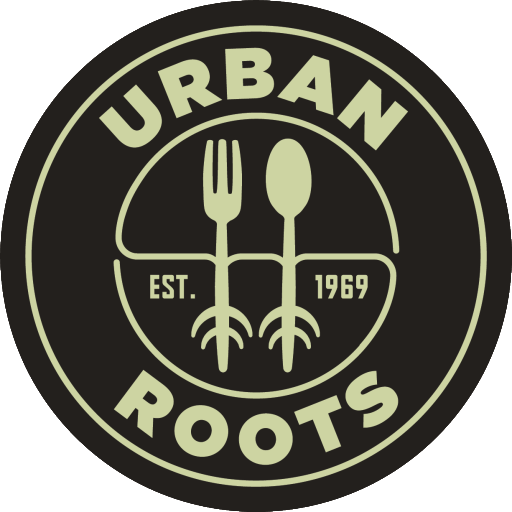Free Trees for the East Side and North End
The East Side and North End have lower tree canopy coverage than other parts of the city. We are working to change that. Our conservation crews have planted thousands of trees in our public parks over the years, and now we want to bring the trees directly to you!
In 2023, through a collaboration with the US Forest Service, AmeriCorps, Tree Trust, Frogtown Green, and nearby neighborhood organizations, we are helping to facilitate tree-planting in Hamline-Midway, Summit-University, and Payne-Phalen neighborhoods. Frogtown Green has a goal of 1,000 new trees planted by 2025! You can learn more by visiting their webpage.
Donated trees are kept over the summer months in our innovative community gravel beds located at the Rivoli Bluffs Farm and Restoration Site. By adding to the tree canopy of our community, we help improve the environmental health of residents and visitors.
This project is funded by the MNDNR ReLeaf Grants, as appropriated by the 2023 Minnesota Legislature.
Interested in a Free Tree?
Here’s how to do it!
Tree varieties are updated for 2025.
Disclaimer: We give trees away on a first come first serve basis and will reach out if and when we can give you a tree.
Browse our selection of trees and fill out the form below.
From fruit to shade trees, we have something for every East Side yard! Read about our options and decide what’s best for you.
Jump to Catalog ↓
Tell us your tree preference and how to get in touch with you by filling out the form below.
Claim your free tree! ↓
In fall, you dig a hole, and we plant your tree.
Our youth interns will plant the tree for you. All you have to do is dig a hole for your new tree. And you’ll need to water it regularly! We’ll send additional tips on how to take care of it.
Learn Your Tree Canopy Score →
Find out more about how your neighborhood ranks and the current canopy cover. Powered by the Tree Equity Score project.
Download Our Tree Care Guide
Looking for more information on caring for your new tree? Download the tree care guide pdf.
Fruit/Ornamental
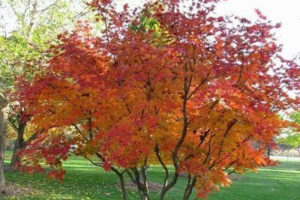
SERVICEBERRY
Common Name: ‘Autumn Brilliance’ Serviceberry
Botanical Name: Amelanchier x grandiflora ‘Autumn Brilliance’
Mature Height: 20-25 ft.
Mature Spread: 15-20 ft.
Exposure: Full sun
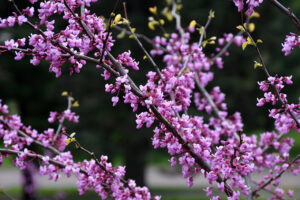
REDBUD
Common Name: ‘Minnesota Strain’ Redbud
Botanical Name: Cercis canadensis ‘Minnesota Strain’
Mature Height: 25 ft.
Mature Spread: 30 ft.
Exposure: Partial to Full sun
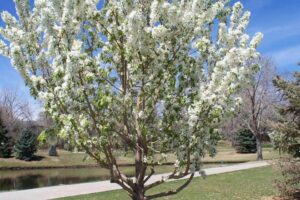
CRABAPPLE
Common Name: ‘Adirondack’ Crabapple
Botanical Name: Malus ‘Adirondack’
Mature Height: 15-20 ft.
Mature Spread: 15-20 ft.
Exposure: Full sun
Shade Trees
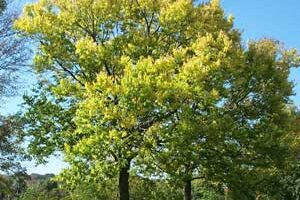
HACKBERRY
Common Name: Hackberry
Botanical Name: Celtis occidentalis
Mature Height: 40-60 ft.
Mature Spread: 40-60 ft.
Exposure: Full sun
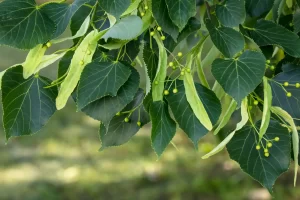
LINDEN
Common Name: American Linden
Botanical Name: Tilia americana
Mature Height: 40-60 ft.
Mature Spread: 25-30 ft.
Exposure: Full sun
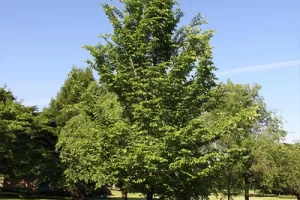
ELM
Common Name: ‘Princeton’ Elm
Botanical Name: Ulmus americana ‘Princeton’
Mature Height: ~60 ft.
Mature Spread: 35-40 ft.
Exposure: Full sun
Shade Tree • A true American elm, these trees are clones of an anomalous Dutch-elm resistant tree found in the Chicago area.
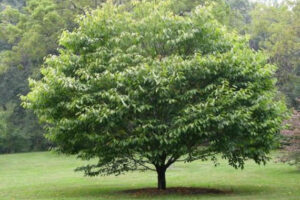
BLUE BEECH
Common Name: Blue Beech
Botanical Name: Carpinus caroliniana
Mature Height: 20-35 ft.
Mature Spread: 20-35 ft.
Exposure: Full Shade to Full sun
through winter and spring, yielding hop-like seed pods in summer. Adaptable to a variety of soil types and
moisture levels.
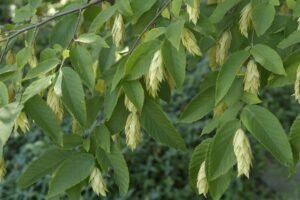
IRONWOOD
Common Name: Ironwood/American Hophornbeam
Botanical Name: Ostrya virginiana
Mature Height: 20-50 ft.
Mature Spread: 20–30 ft.
Exposure: Partial Shade to Full sun
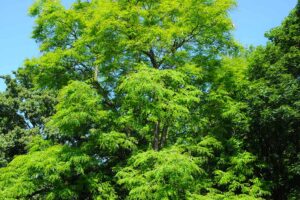
KENTUCKY COFFEE TREE
Common Name: ‘Espresso’ Kentucky Coffeetree
Botanical Name: Gymnocladus dioicus ‘Espresso’
Mature Height: 60-75 ft.
Mature Spread: 40-50 ft.
Exposure: Full sun
Shade Tree • Despite being commonly named the Kentucky Coffeetree, this tree is native to small pockets of moist woodlands in Minnesota. It is tolerant of many conditions including a variety of soil types, road salt, and occasional drought, making it a good choice for an urban environment. The fragrant flowers attract pollinator insects and the seed pods do create winter interest, but can be messy.
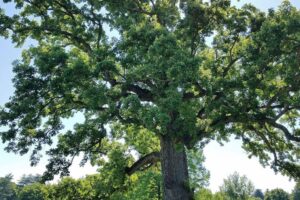
BUR OAK
Common Name: Bur Oak
Botanical Name: Quercus macrocarpa
Mature Height: 60-80 ft.
Mature Spread: 60-80 ft.
Exposure: Full sun
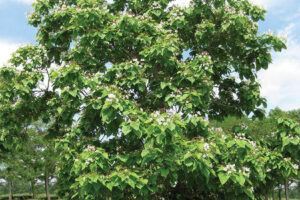
NORTHERN CATALPA
Common Name: Northern Catalpa
Botanical Name: Catalpa speciosa
Mature Height: 40-60 ft.
Mature Spread: 20–40 ft.
Exposure: Full sun
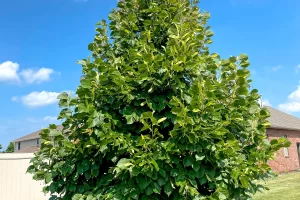
AMERICAN LINDEN
Common Name: ‘Redmond’ American Linden
Botanical Name: Tilia Americana ‘Redmond’
Mature Height: 50-70 ft.
Mature Spread: 30-45 ft.
Exposure: Full sun
Shade Tree • American Lindens are a classic midwestern shade tree species. They are native in a variety of habitats, and this versatility makes them good candidates for an adaptive tree canopy species. They have fragrant blooms, and are attractive to a number of pollinator species.
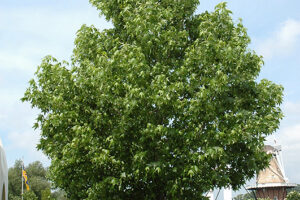
AMERICAN SWEETGUM
Common Name: ‘Moraine’ American Sweetgum
Botanical Name: Liquidambar stryaciflua ‘Moraine’
Mature Height: 60-75 ft.
Mature Spread: 40-75 ft.
Exposure: Full sun
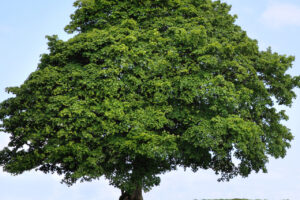
AMERICAN SYCAMORE
Common Name: American Sycamore
Botanical Name: Platanus occidentalis
Mature Height: 75-100 ft.
Mature Spread: 50–70 ft.
Exposure: Full sun
